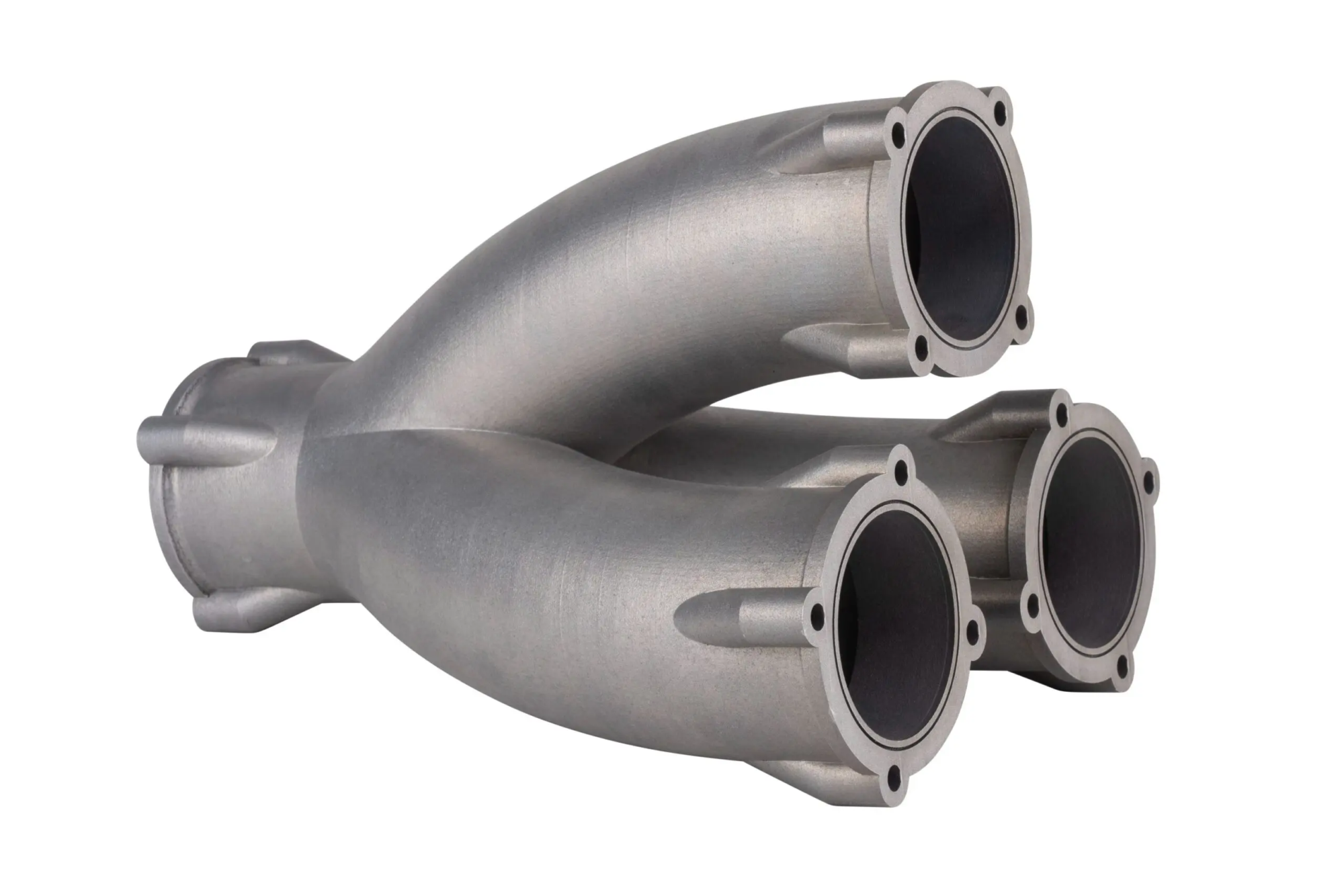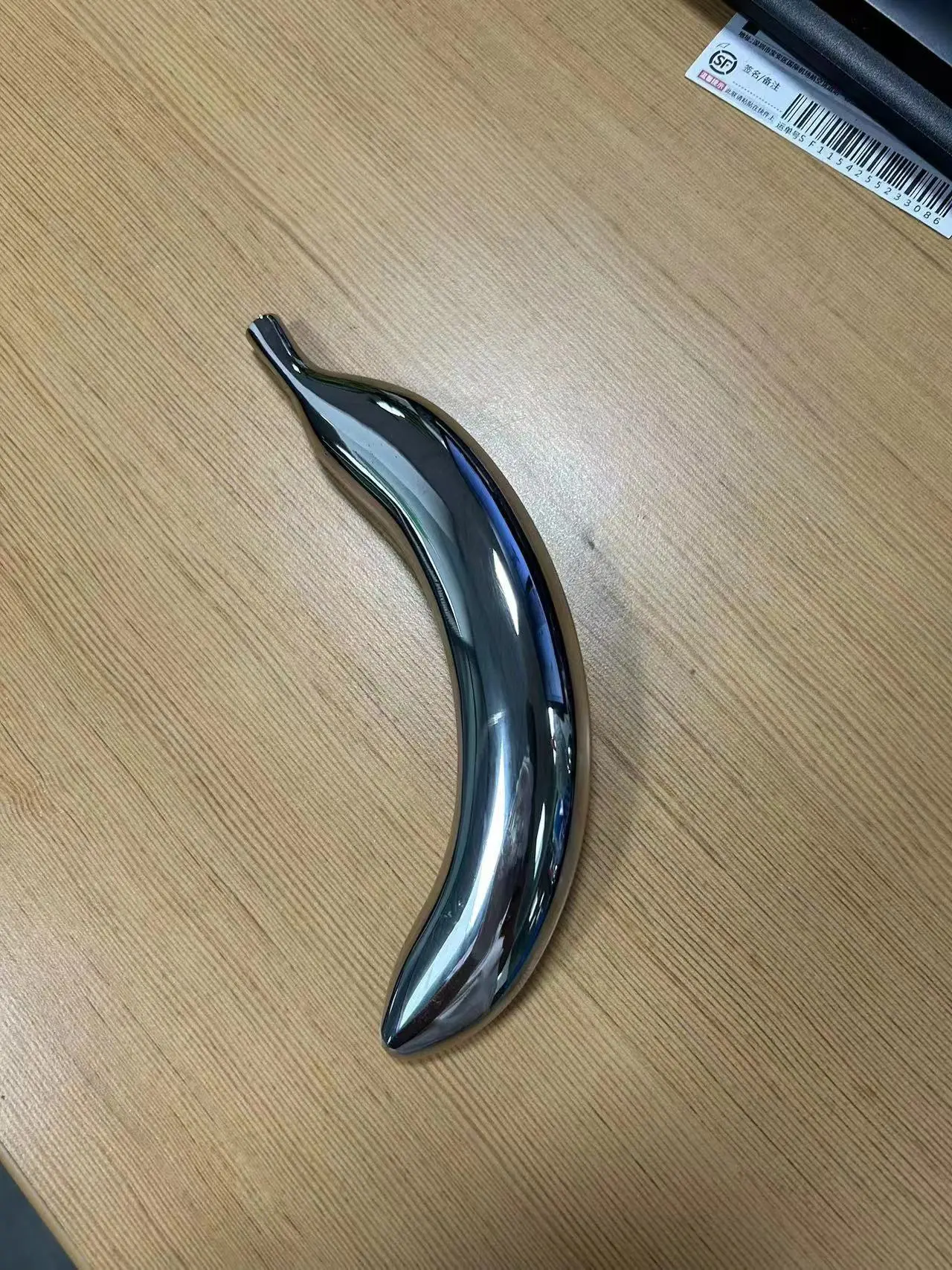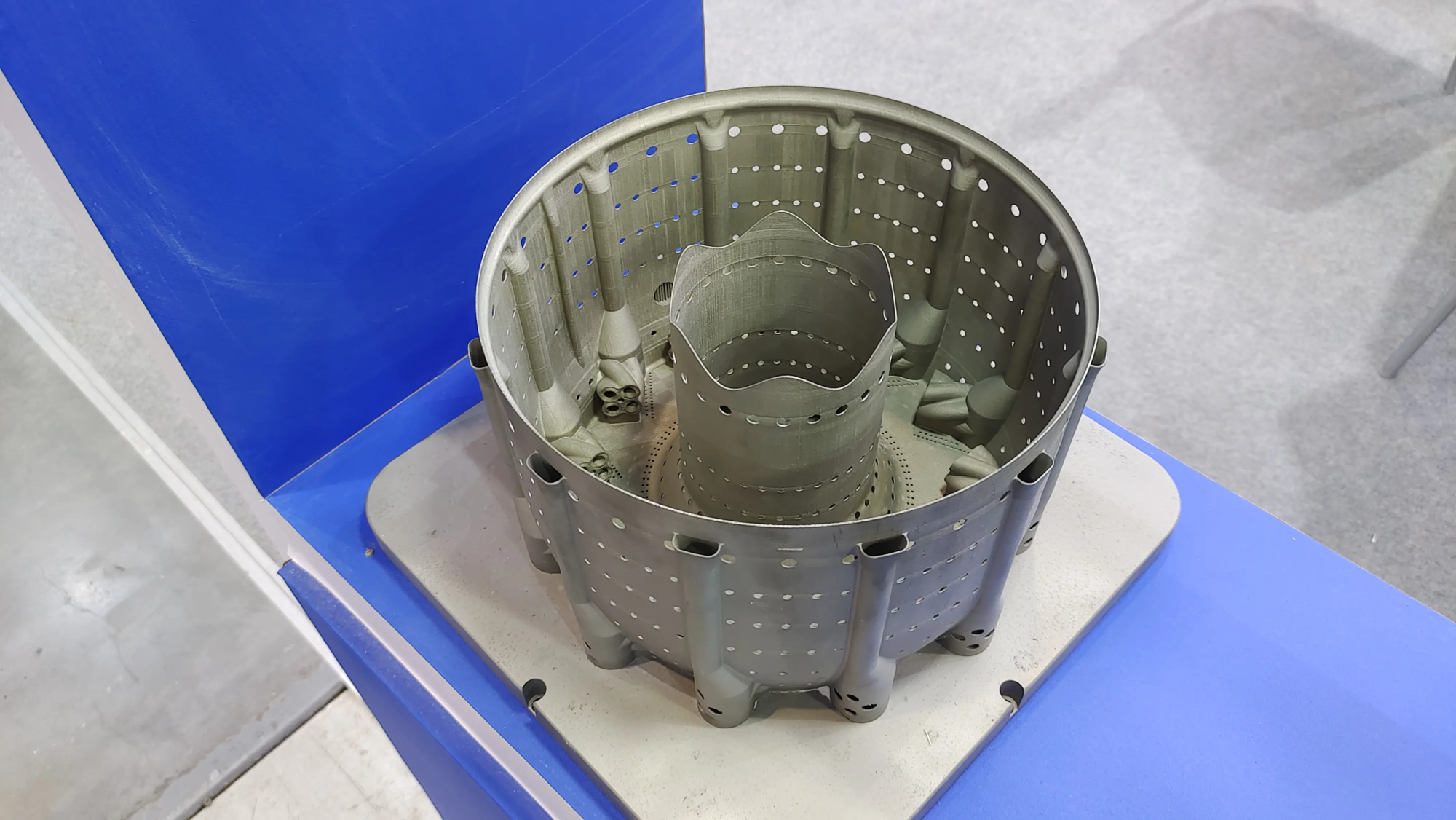Recently, the Associate Professor Li Mujun of the School of Engineering Science and Technology of China and the Institute of Humanoid Robots, and Professor Zhang Shiwu and other researchers have made significant progress in the field of 3D printing of intelligent materials. The research team offered a 3D printing technology with an innovative cold field and successfully prepared elastomers of liquid crystals at almost ambient temperature (NAT-LCE). Based on this technology, the team has also developed an intelligent bracelet system that considerably improves the accuracy of heart rate monitoring.
The research results were published in the Journal of the American Chemical Society Nano, entitled “3D impression of almost ambient reactive liquid crystal elastomers with an improved nematic order and a pluralized transformation”.
In order to resolve the limits of traditional elastomers of liquid crystals, the research team has innovatively proposed the “low-temperature cooling platform + cooling” composite Cold Field Strategy, successfully the following technical breakthroughs:
1 and 1 Precisely control the orientation of liquid crystalline primitives: By printing in a low -temperature environment of 5 ℃, the strong viscosity of the ink can be maintained, and the shear force induced the highly oriented arrangement of liquid crystalline primitives, which increased the parameters of orientation sequence by more than 30 times.
2 Implement multivariate deformation programming: Has succeeded in reaching the reversible deformation of complex structures such as the saddle, the cone and the English letters, and expanded the scope of the application of liquid crystal elastomers.
3 and 3 Biocompatible applications: The response temperature of this LCD elastomer corresponds to the tolerance range of the human body and has successfully developed a system of monitoring bracelet of the intelligent heart rate which actively corresponds to the skin, improving the accuracy of the surveillance.
The research team has also demonstrated the excellent environmental adaptive characteristics of this technology: for example, the disk sample automatically forms a saddle form at room temperature, with a curvature increasing at 10 ° C and a tapered shape at 60 ° C. Gradient programming is obtained thanks to a dynamic temperature control, and the team can accurately control the structural deformation, as the letter “USTC” precise curling by controlling the temperature in layers.
In addition, this technology is also applied in the field of precision medicine. The liquid crystal elastomer bracelet with integrated liquid metal circuits actively corresponds to the wrist through PID temperature control technology, considerably improving measuring precision, reducing noise and no performance attenuation has occurred in 1000 fatigue tests, promoting the development of soft robotics, biomedical instruments and portable electronic devices.





